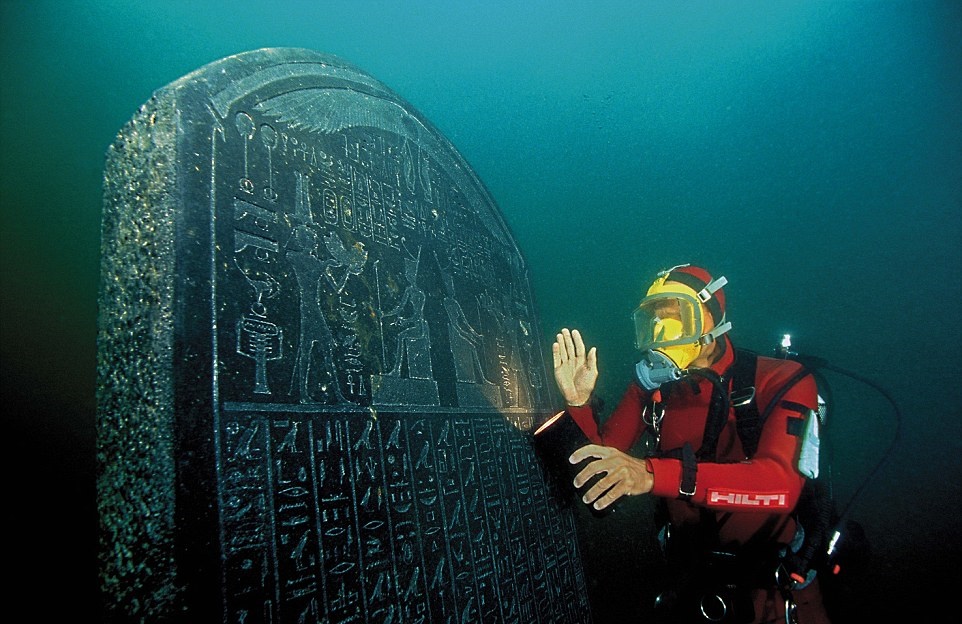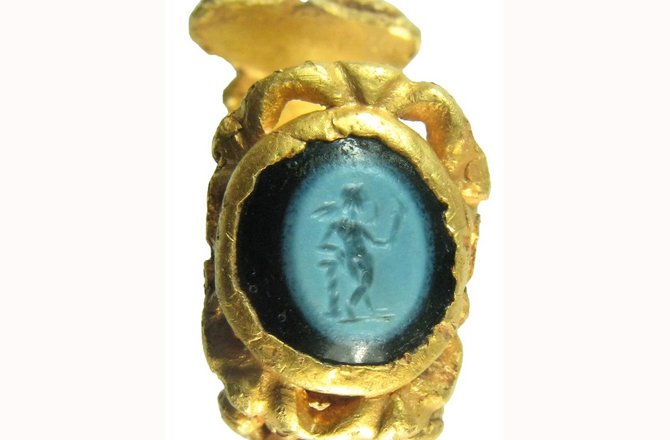The Great London [by United Kingdom]
UK: British Museum to launch first major exhibition of underwater archaeology in May 2016

United Kingdom: Britain urged to begin talks on Parthenon marbles

UK: Tiny Tudor treasure hoard found in Thames mud

UK: Roman gold ring depicting Cupid found in UK

UK: Archaeologists search for Roman remains in Gloucester

Natural Heritage: Scientists call for new conservation strategies

France: 6,000-yr-old skeletons in French pit were victims of violence

Mexico: Asteroid impacts could create niches for early life, suggests Chicxulub crater study

Natural Heritage: Sampling species' DNA trails is leading to better environmental monitoring

UK: Black death 'plague pit' discovered at 14th century monastery hospital

Australia: Wreck of former slave ship off West Australian coast mapped in 3D
